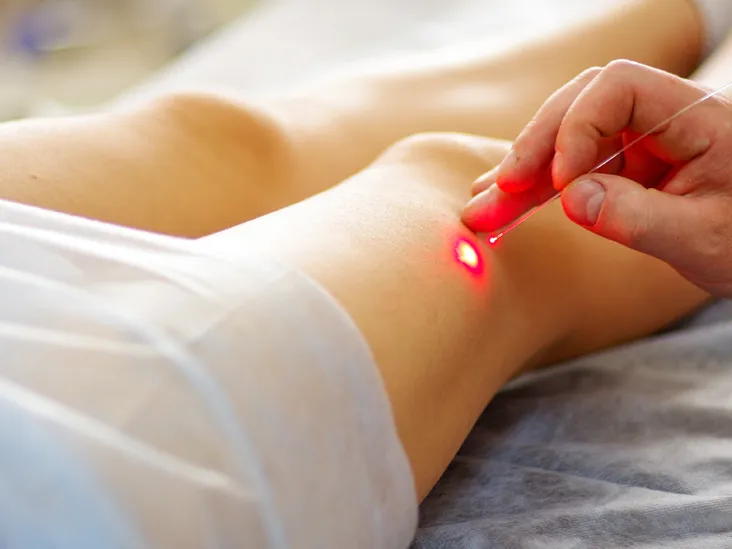Non-Invasive Vascular Treatments You Can Receive from a Vascular Center

Having a functional vascular system is essential to your overall health. This system is vital in promoting effective blood travel via blood vessels to the rest of the body. Unfortunately, various vascular conditions such as varicose veins, venous insufficiency, and heart attack can occur if the system has a problem. To minimize the adverse effects of these concerns, many people choose South Florida Vascular Associates to receive timely and effective diagnosis and treatment. Depending on your condition, you will receive a unique treatment. The following are common non-invasive vascular treatments you can receive in a vascular center.
Angioplasty
Angioplasty is a non-invasive treatment healthcare providers use to address peripheral artery disease. Peripheral artery disease is a condition that involves clogging of your arteries in the legs and arms. During the procedure, your practitioner inserts a catheter into your blood vessels in the groin and directs it to the impacted artery. Afterward, the doctor inflates a balloon that presses the plague against the artery wall. This process effectively allows improved blood flow.
Sclerotherapy
This procedure is effective if you are struggling with varicose veins. The main aim of this procedure is to destroy varicose veins by injecting the veins with sclerosant. This solution scars the vein and forces it to collapse, allowing the blood to travel through the healthier veins. Finally, your body will damage the varicose veins, which disappear after some time. If you have larger veins, your doctor will use foam sclerotherapy as it can cover a greater surface area.
Medications for Carotid Artery Disease
If you are afraid of surgical treatment, there are various medications you can get from the clinic to address carotid artery disease. For example, antiplatelet medications, like aspirin, dipyridamole, and clopidogrel, effectively solve this condition. Also, you can receive anticoagulants that prevent your blood from clotting. On the other hand, your healthcare provider can recommend antihyperlipidemic to reduce fat in your blood, especially cholesterol. Some of them include simvastatin, pravastatin, and atorvastatin.
Phlebectomy
This procedure is one of the common treatments your doctor can use if you have chronic venous insufficiency. During the procedure, your doctor removes the impacted veins via small skin punctures, which do not need stitches. Afterward, the provider inserts a thin metal hook to remove the damaged vein. The procedure has no downtime because it only takes thirty to one hour, meaning you can return to normal activities the same day.
Prostatic Artery Embolization
Healthcare providers use prostatic artery embolization (PAE) to treat benign prostatic hyperplasia (BPH). The procedure is non-surgical to reduce blood supply to your prostate, minimizing its size and symptoms. During the process, the interventional radiologist applies various imaging mechanisms like X-rays to view the inside of your body and perform the treatment without surgery. As a man, if you are ineligible for surgery, consider PAE to enhance your quality of life by removing or decreasing bothersome BPH symptoms.
Vascular systems play a significant role in your overall well-being. Therefore, you are accountable for seeking treatment to keep it functioning normally. Lack of regular checkups can put you at risk of various diseases, including peripheral artery disease, varicose veins, chronic venous insufficiency, and benign prostatic hyperplasia. If you have one of these conditions, do not worry because your doctor can recommend various non-surgical procedures, like angioplasty, sclerotherapy, and phlebectomy. If done correctly, you will stay healthy and be able to carry out your daily activities.

